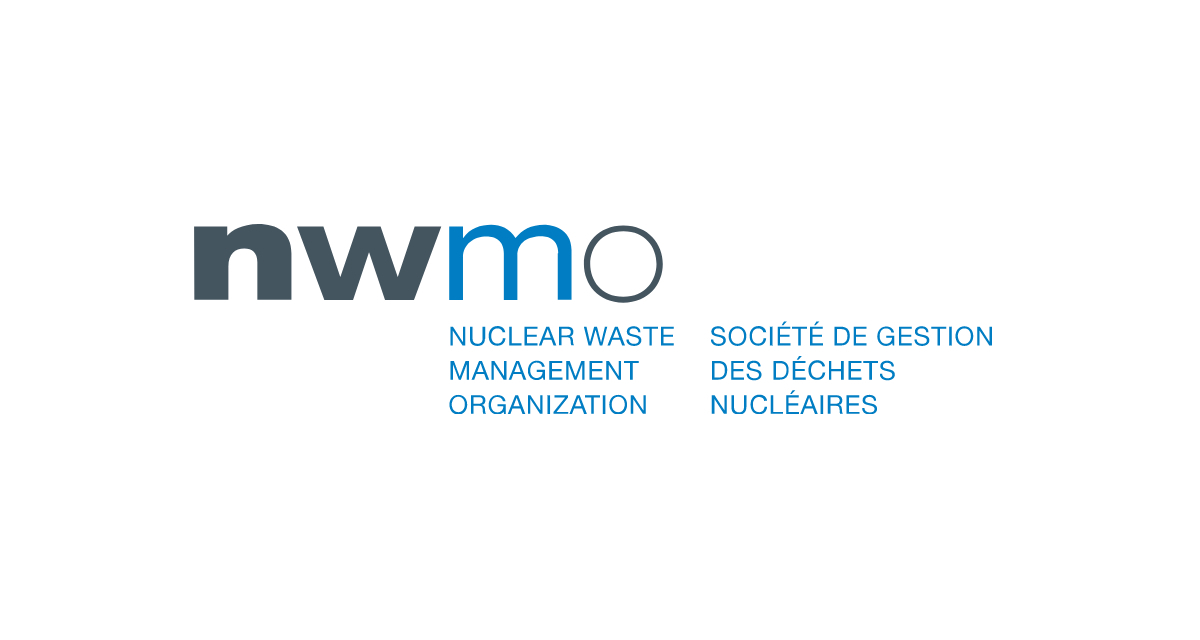Dr. Helen Wallace’s opinion appears to be timed to coincide with an EU decision requiring member states to demonstrate progress towards implementing deep repositories. It challenges policy decisions made by many countries to proceed with geological repositories for the safe long-term management of their used nuclear fuel.
Like Sweden, France, Finland, the United Kingdom and others, Canada has adopted a plan to isolate and contain its used nuclear fuel in a deep geological repository. Called Adaptive Phased Management, the approach is informed by decades of technical research, the conclusions of numerous international and Canadian scientific studies, and a three year engagement of thousands of citizens, specialists and Aboriginal people in every province and territory. The Nuclear Waste Management Organization is responsible for implementing Canada’s plan.
Safety
Geological repositories have been constructed and are operating around the world for various types of radioactive wastes. A deep repository for used nuclear fuel is under construction in Finland and similar repositories are planned for used fuel and high-level waste management in Sweden, the United Kingdom and France.
The repository approach is the culmination of more than 30 years of research, development and demonstration of technologies and techniques. Designs and safety cases have been peer reviewed and subjected to environmental assessments, including a ten year environmental assessment in Canada which deemed the concept safe from a technical perspective.
As described in volumes of literature, the safety of deep geological repositories is based on a multi-barrier system. Used fuel is in the form of a ceramic pellet sealed within corrosion-resistant (zircalloy) tubes. Radioactivity is trapped inside the pellet. This forms the first barrier for release. The corrosion-resistant tubes are the second barrier. Used fuel is further sealed within corrosion-resistant steel or copper containers. When stored inside the repository, these containers are then sealed by a surrounding clay material. The fifth and final barrier is the geosphere. The repository will be located at a depth of approximately 500 metres in a suitable geologic formation.
A fundamental tenet of Canada’s plan is the incorporation of learning and knowledge at each step, to guide a process of phased decision-making. Flexibility is built in to adjust the plan if needed. For example, the plan includes an optional step of shallow storage at the repository site as a contingency. This may be helpful should there be a need to move the used fuel from one or several of the current interim storage facilities before the deep repository is ready.
The used fuel will be monitored throughout all phases of implementing the Adaptive Phased Management approach. It will also be retrievable at all times. Access tunnels and shafts will be backfilled and sealed only when the community, the NWMO and regulators agree that it is appropriate, and post-closure monitoring will then be implemented.
Scientific Studies
Numerous studies by a large body of scientists worldwide have examined every conceivable mechanism for failure of the repository system including corrosion, heat generation, build up of gas, potential for geological fracture and fault, excavation damage, earthquakes and the potential impacts of future glaciations.
The conclusions of these technical studies have been validated by multiple peer reviews and comparisons of outcomes from different investigations. The NEA provides peer reviews as part of its mandate to help improve and harmonize the technical basis for dealing with nuclear waste issues in its member countries. The IAEA provides peer reviews as part of its mandate to perform services useful in research on, and development or practical application of, nuclear energy for peaceful purposes, and to establish international standards of safety and provide for their application.
Confirmation of the repository concept also comes from natural analogues, where naturally-occurring radioactive materials have been trapped in geological formations for hundreds of millions of years. One such analogue is at Cigar Lake in Saskatchewan where there is no evidence on the surface of a high grade uranium ore body that has been isolated by clay 430 metres below for more than 1.3 billion years. Computer models have provided further validation. Based on all of the research, the scientific consensus is that deep geological repositories are safe.
Regulatory Review
Before a repository project can proceed in Canada it will be subjected to a thorough and comprehensive regulatory review process. The preferred site will be in a rock formation with desirable geological, hydrogeological, chemical and mechanical characteristics that support containment and repository performance to meet or exceed the regulatory expectations of the Canadian Nuclear Safety Commission (CNSC), the guidance of the IAEA and experience in other countries with nuclear waste management programs.
An environmental assessment will be required under the Canadian Environmental Assessment Act. Safety will have to be satisfactorily demonstrated to the CNSC which is responsible for issuing licences at each phase – site preparation, construction, operation, decommissioning and closure. Other laws and regulations will apply including those of Transport Canada and relevant provincial and municipal bodies.
Moving Forward Together
Adaptive Phased Management is based on phased and adaptive decision-making to respond to changes in societal priorities and to take advantage of the best technological innovation. The NWMO is committed to implementing the plan in collaboration with interested and affected Canadians applying the most advanced scientific and social research available in Canada and internationally.
Any site that is selected to host a repository must be demonstrated to be able to safely contain and isolate used nuclear fuel for a very long period of time. Any site selected will need to address scientific and technical siting factors that will acknowledge precaution and ensure protection for present and future generations.
Canadians have clearly said our generation must take responsibility now for the used nuclear fuel we have created, and not leave it as a legacy for future generations. These same Canadians have told the NWMO that the Adaptive Phased Management approach best meets the values and objectives they believe are most important for managing used nuclear fuel over the long term – safety, security, and flexibility in the way the plan is implemented.

